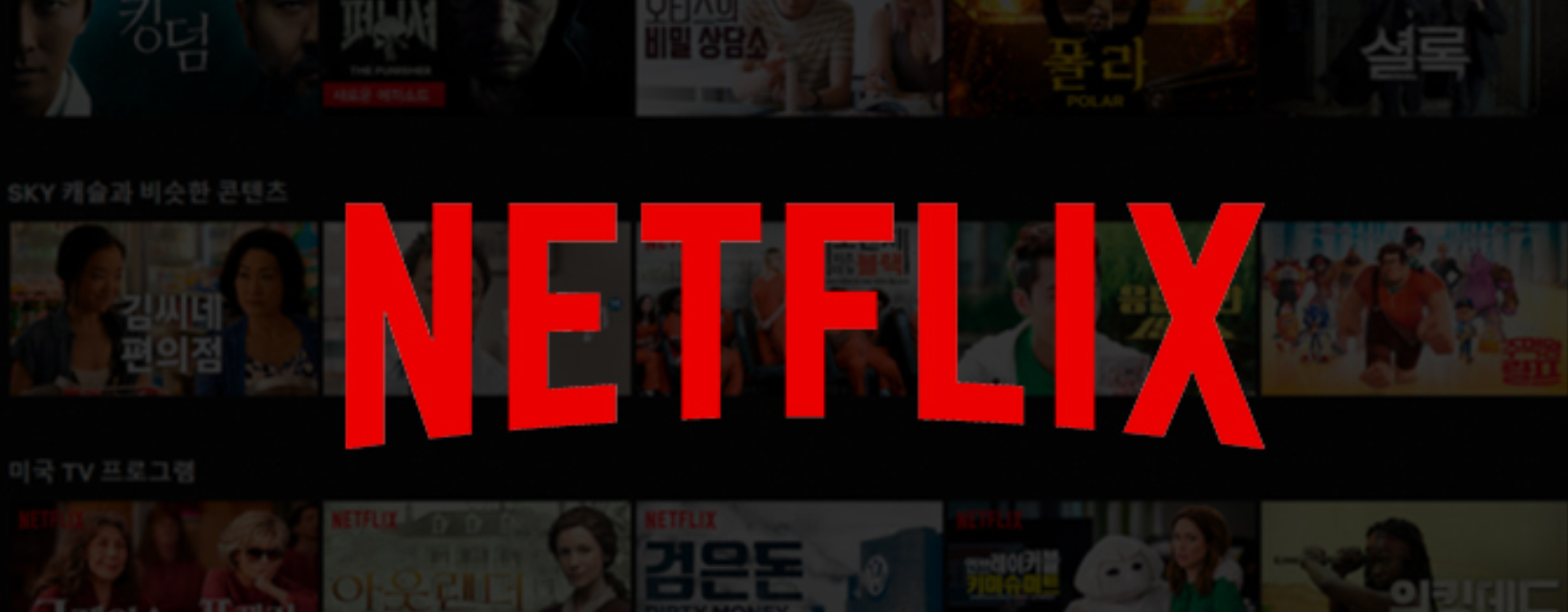Account sharing crackdown
The biggest takeaway from Netflix’s September earnings was that they significantly exceeded paying net subscriber adds (8.8M vs consensus 5.5M, up 263% Y/Y). The reason is the password crackdown is working. This was the second consecutive quarter with the company significantly beating paid add estimates. In June they reported 5.9M vs. Street at 2.1M, which was up from a loss of 970k subscribers in June of 2022.
Net adds have been all over the board. In the first three quarters of 2021 the company added about 10M paying subs. In the first three quarters of 2022 the company added 1.2M paying subs. In the first three quarters of 2023 the company added 16.4M paying subs.
Management noted the success of the crackdown, saying, “We’re just incredibly pleased with how it’s been going. And you can see the progress from our membership growth in Q2. Now in Q3, you can see it embedded in the revenue outlook for Q4.”
Big picture: The password lockdown strategy has been a Grand Slam, as evidenced by paying subs increasing from 1.2M last year to 16.4M this year. That’s great for Netflix’s business because those customers will stick around and continue to pay them. There is a downside to the company’s recent success: difficult comparisons. All this success year to date raises the bar for growth comparisons in 2024. Specifically, we should see a sharp decline in Y/Y net sub adds starting in June of 2024. Anticipation of this difficult comp will likely have a negative impact on NFLX’s multiple starting in 2024.
